Skyrocketing Tourism Profits Remain In The Hands Of Foreign Investors
Poverty rates across Quintana Roo including the tourist hot spots of Tulum and Cancun have risen dramatically as the tourism sector exploded in recent years. Statistics highlight the stark contrast between the state’s success and the residents who are yet to reap any benefits.
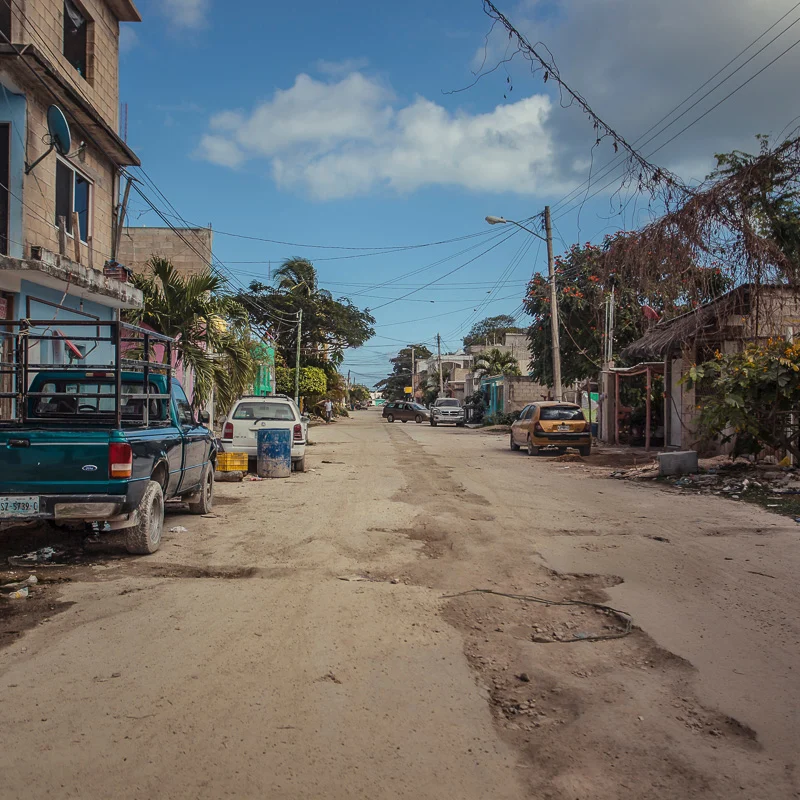
Multiple sources have expounded data from the Ministry of Economy, highlighting the troubling trends in world-famous tourist destinations like Cancun and Tulum. According to the data, while Quintana Roo saw tremendous amounts of foreign investment in hotels, real estate, and tourist attractions, five municipalities in the state saw as much as a 28% increase in food poverty.
The municipality of Benito Juarez, where Cancun is located, had the second-highest increase. Its food poverty rate rose by 26.8% in the last five years, representing 228 thousand people in the area with barriers to finding food. This equates to roughly one in four residents. Tulum saw poverty rise by 28.2% in the same period, amounting to 13 thousand of its inhabitants struggling to access food.
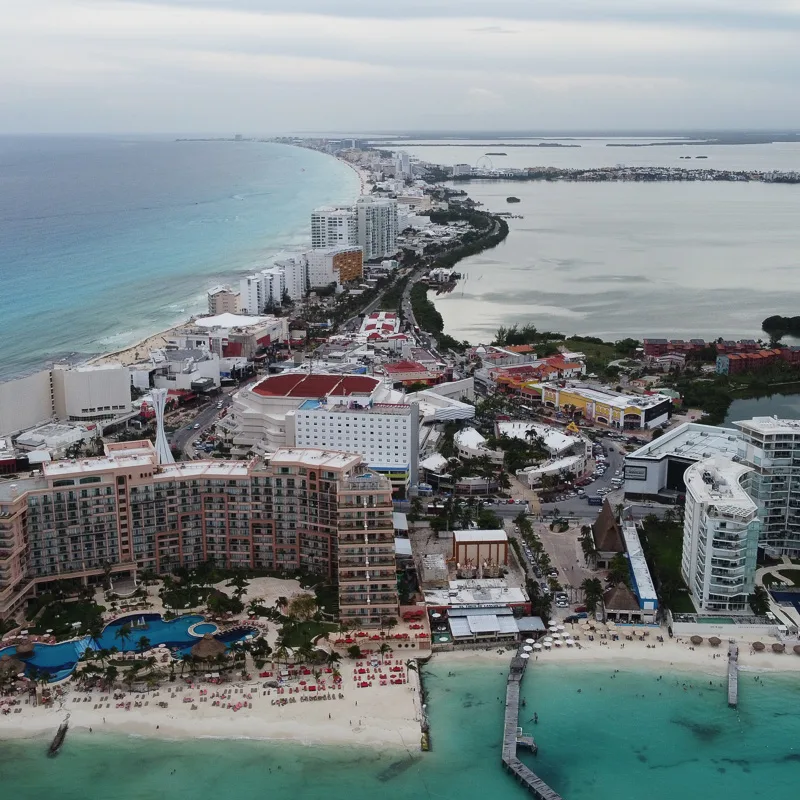
Tulum’s broader statistics are more harrowing and show the highest overall poverty increase in the country. Between 2015 and 2020, Tulum’s poverty rate almost doubled from around 32.1% to 61.8%.
The growth is mainly attributed to the stratospheric expansion the city has experienced in the past decade. With its idyllic beaches, Mayan ruins, and cheaper cost than nearby Cancun, Tulum was an attractive investment opportunity for many resorts and other establishments. Sudden surges in popularity catapulted it to the top of Mexico’s most sought-after destinations, along with Cancun, and the pandemic solidified its presence on the global stage.

But Tulum was not a planned settlement like Cancun. In 1990, it was a small fishing town with two thousand inhabitants, surging to 12 thousand by the new millennium. Its infrastructure was never developed to cope with the now booming tourist industry, and as thousands flock from inner-Mexico seeking work, the city is struggling to cope.
Much of the poverty-stricken population is comprised of work-seeking domestic immigrants. Hotels and restaurants in the area can offer work at rock-bottom rates, taking advantage of the relative desperation of the new arrivals. With no immediate residential communities available for the masses arriving, thousands now live in illegal or unregistered settlements within the city limits, not unlike favelas or barrios in South America.
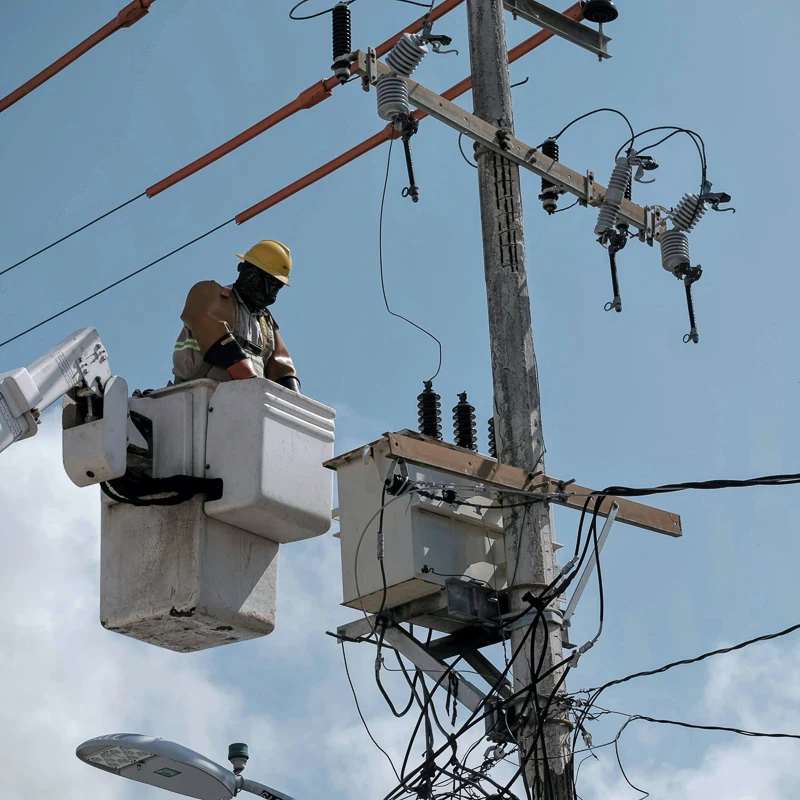
Many of these new neighborhoods are not connected to the power grid, and it’s estimated that only 15% of the buildings in the city are attached to the sewage system. Most of the residents in these areas work in the resorts, restaurants, and other tourist attractions that Tulum is now famous for. Many hotels charge thousands of dollars for a weekly stay, while those turning down rooms and cleaning dishes are lucky to make $300 a month.
Economic experts have suggested that for every dollar made in Quintana Roo, only 20 cents remains in the state, with the rest remaining firmly in the pocket of the investors. The state already received $91 million in foreign investment in the first quarter of 2022 and is expected to see almost $3 billion more injected into the tourist economy over the next three years.
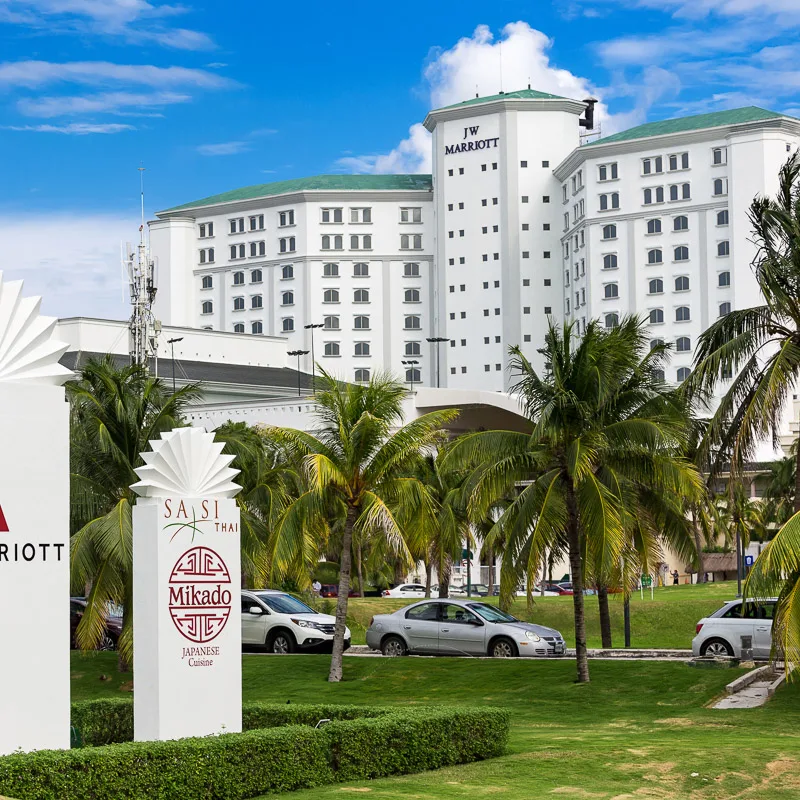
Of course, Tulum and Cancun have also seen dramatic increases in crime in the past few years. Poverty and crime are intrinsically linked worldwide, and Quintana Roo is no exception. The perfect storm of poverty, high spending visitors, drug culture, and organized crime have created a vicious circle.
Gangs have long used poverty as a recruitment tool, and while multiple groups fight for valuable territory in the state, many young people may be more attracted to a life of crime than working minimum wages in the nearby hotels.

The tourist market is not likely to disappear in Quintana Roo. But unchecked, its growth will likely cause more damage to its residents than good. Most tourists passing through the region will remain blissfully unaware of the problems lurking just a few streets away. And at no fault of their own – from within the confines of a stunning resort, it’s difficult to imagine the daily struggle of those serving food, making beds, or cleaning the beaches.
But many of the issues being faced by the state are dwarfed by the massive success of a few, mainly foreign, investors. As more resorts are built, more Mexicans will flock to the coast searching for work, and the problem will exacerbate. It’s not an easy problem to solve and delves deep into the ethics of tourism and the exploitation of comparatively poorer countries by wealthy investors.

Striking a balance is complicated, but visitors to the area should be made aware of the broader spectrum of factors that dictate the day-to-day lives of those in Quintana Roo.
Plan Your Next Cancun Vacation:
Traveler Alert: Don’t Forget Travel Insurance For Your Next Trip!
Choose From Thousands of Cancun and Riviera Maya Hotels, Resorts and Hostels with Free Cancellation On Most Properties
↓ Join the community ↓
The Cancun Sun Community FB group has all the latest travel news, conversations and tourism Q&A’s for the Mexican Caribbean
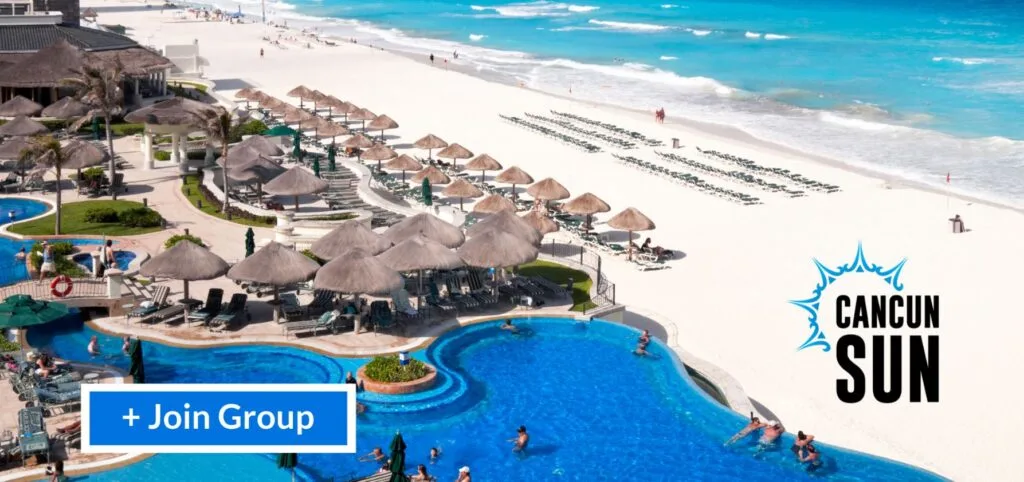
Subscribe to our Latest Posts
Enter your email address to subscribe to The Cancun Sun’s latest breaking news affecting travelers, straight to your inbox.

Gaby
Tuesday 14th of June 2022
I'm not surprised, the billionaires get richer and richer, and the Mexican government takes his cut, no government in the world cares for the poor.
Salvaje
Friday 3rd of June 2022
Your article ignores the billions poured into the Mexican economy during the building of these resorts. Most of that flowed into the hands of Mexicans not foreigners. People without skills and education will always be paid less. It is a law of supply and demand which determines wages and prices. You also make no mention of the losses incurred by resorts over the past three years due to covid or their need to recoup. These places were built by borrowing capital and the interest and payment still had to be made regardless of revenue. Mexico's poverty problem is not caused by foreigners but by the poor policies by Mexico's ruling parties and its socialist government which allocates capital inefficiently.